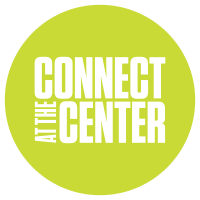Garth Edwards with Ray Serrano, 1993. Seattle Children's Theatre | Painted steel cutouts adorn the exterior of Seattle Children's Theatre, along with ceramic murals on the walls and a series of unique boulder-like faces. Inside the building, bright red, cut-steel “story-board” railings run the entire length of the second floor balcony, backlit cut-steel door frames illuminate the auditorium entryways, and a series of cut-steel ventilation grills compliment the concession stand. Outside the building, mauve, cut-steel roof scuppers and canopy support brackets shaped as strange creatures-nicknamed “Garthgoyles”, greet approaching guests, as does a massive, colorful, glazed ceramic mural created by Edwards and local ceramic artist Ray Serrano surrounding the theater’s main entrance. At a distance, the images merge into decorative curves, shapes and abstract patterns while up close, human, animal and plant-like characters emerge in a cartoon-like silhouette: dinosaurs, fish, deer, dogs, cats, and whales; flowers, trees, and leaves; stars, hillsides, clouds, and oceans; figures with hats, bow-ties all playfully coexist. Funded by Seattle City Light 1% For Art Program. Administered by Seattle Office of Arts & Culture.

